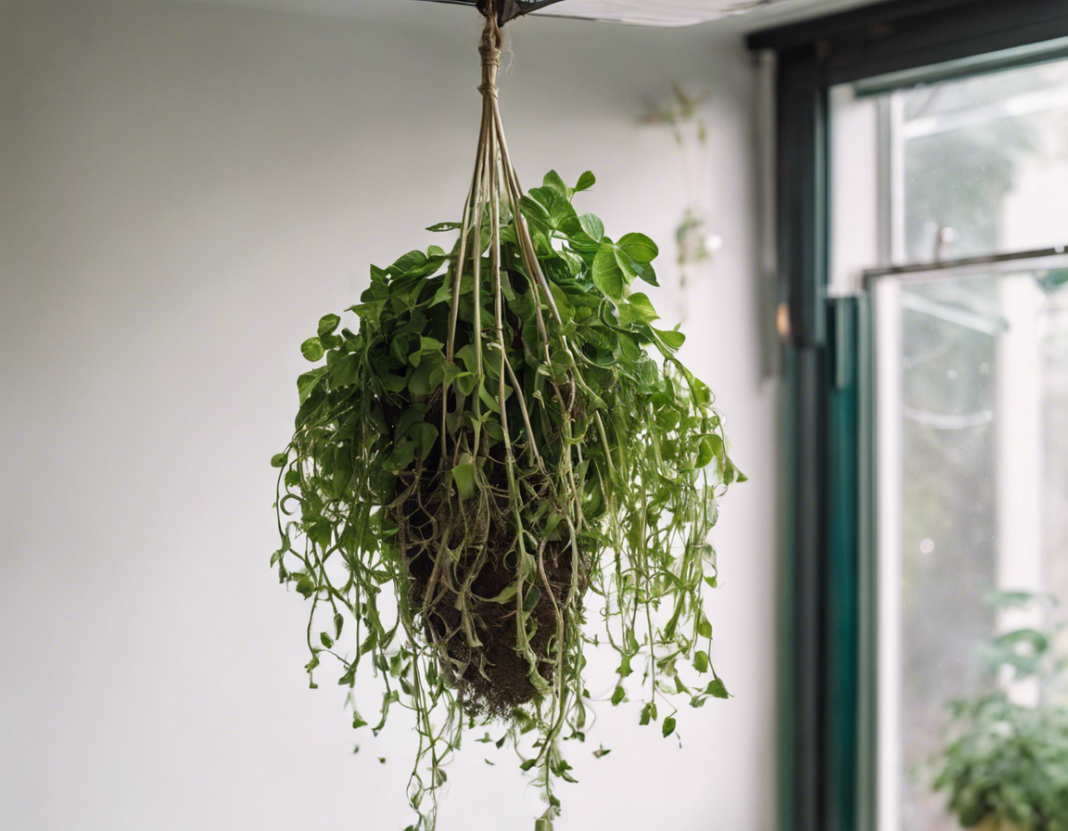Whether you are drying herbs, flowers, or other botanicals, hanging whole plants to dry is a traditional method that has been used for centuries. It is a simple and effective way to preserve your plants for culinary, medicinal, or decorative purposes. However, there are specific techniques and considerations to ensure that your plants dry properly and maintain their quality. In this comprehensive guide, we will provide you with expert tips and step-by-step instructions on how to hang whole plants to dry effectively.
Why Hang Whole Plants to Dry?
Hanging whole plants to dry has several advantages over other drying methods:
1. Preserves Flavor and Aroma: Hanging whole plants allows them to dry slowly, preserving their essential oils and flavors.
2. Retains Nutritional Value: Slow drying helps retain the nutritional content of the plants.
3. Aesthetically Pleasing: Hanging plants to dry can also serve as a decorative element in your home.
4. Cost-Effective: Requires minimal equipment and can be done without the need for electricity.
Materials Needed:
Before you start hanging your plants to dry, make sure you have the following materials ready:
– Twine or String: To hang the plants.
– Scissors: For cutting the plants and twine.
– Paper Bags (optional): To cover the plants and prevent dust accumulation.
– Dark and Dry Space: For hanging the plants.
Step-by-Step Guide to Hanging Whole Plants to Dry:
Follow these steps to ensure that your plants dry properly and retain their quality:
1. Harvest at the Right Time: Harvest your plants early in the morning after the dew has dried but before the sun is at its peak. This is when the plants’ essential oils are at their highest concentration.
2. Gather the Plants: Bundle your plants in small bunches, ensuring that the stems are of similar length.
3. Prepare the Hanging Area: Find a dark, dry, and well-ventilated area to hang your plants. Avoid areas with direct sunlight, as this can cause the plants to lose their color and essential oils.
4. Hang the Plants Upside Down: Using twine or string, tie the plants upside down in small bunches. Make sure there is enough space between each bunch for air circulation.
5. Check for Mold: Check your plants regularly for any signs of mold or mildew. If you notice any, discard the affected plants immediately.
6. Allow Sufficient Time to Dry: Depending on the plant type and humidity levels, drying can take anywhere from a few days to a few weeks. The plants are ready when they are dry to the touch and brittle.
7. Store Properly: Once dried, store your plants in airtight containers away from light and heat to maintain their quality.
Tips for Hanging Whole Plants to Dry Effectively:
- Ensure Good Air Circulation: Proper air circulation is key to preventing mold growth and ensuring even drying.
- Use a Dehumidifier: If you live in a humid climate, consider using a dehumidifier in the drying area to speed up the process.
- Label Your Plants: To avoid confusion, label your plants with the name and date of harvest.
- Avoid Strong Odors: Keep the drying area away from strong odors, as the plants can absorb them.
- Experiment with Different Hanging Methods: Try different techniques, such as hanging plants in paper bags with holes for better air circulation.
Frequently Asked Questions (FAQs) about Hanging Whole Plants to Dry:
- Which plants are suitable for hanging to dry?
-
Herbs like mint, basil, and oregano, flowers like lavender and chamomile, and roots like ginger and turmeric are all suitable for hanging to dry.
-
How do I know if my plants are fully dried?
-
Fully dried plants will be crispy to the touch and the stems will snap easily.
-
Can I dry plants in the microwave or oven instead of hanging them?
-
While it is possible to dry plants in the microwave or oven, hanging them allows for a slower drying process that preserves more flavor and nutrients.
-
Should I wash the plants before hanging them to dry?
-
It is generally recommended to gently rinse the plants to remove any dirt or debris before hanging them to dry.
-
Can I hang plants to dry in a room with air conditioning?
-
Yes, a room with air conditioning can help control humidity levels and facilitate the drying process.
-
How should I store dried plants after they are ready?
-
Store dried plants in airtight containers away from light, heat, and moisture to maintain their quality.
-
Can I dry plants outdoors?
-
While drying plants outdoors is possible, it is essential to protect them from direct sunlight and rain to prevent damage.
-
How long do dried plants last?
-
Properly dried and stored plants can last for up to a year without losing their potency or flavor.
-
What is the best time of day to harvest plants for drying?
-
Early morning, after the dew has dried but before the sun is at its peak, is the best time to harvest plants for drying.
-
Can I reuse the twine used for hanging plants to dry?
- It is recommended to use new twine for each batch of plants to prevent contamination and ensure hygiene.
By following these expert tips and guidelines, you can effectively hang whole plants to dry and preserve their flavors, aromas, and nutrients for long-term use. Experiment with different plants and drying techniques to find the methods that work best for your needs and enjoy the benefits of having your own dried botanicals at hand.
